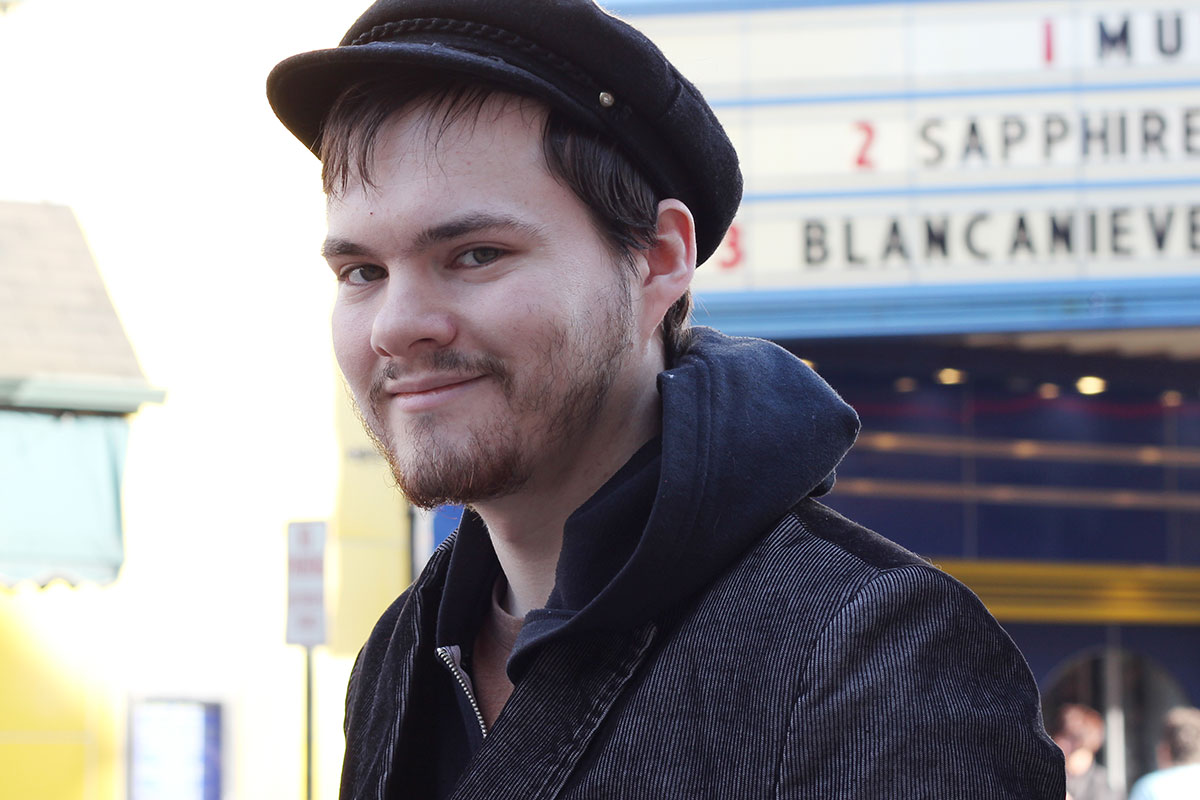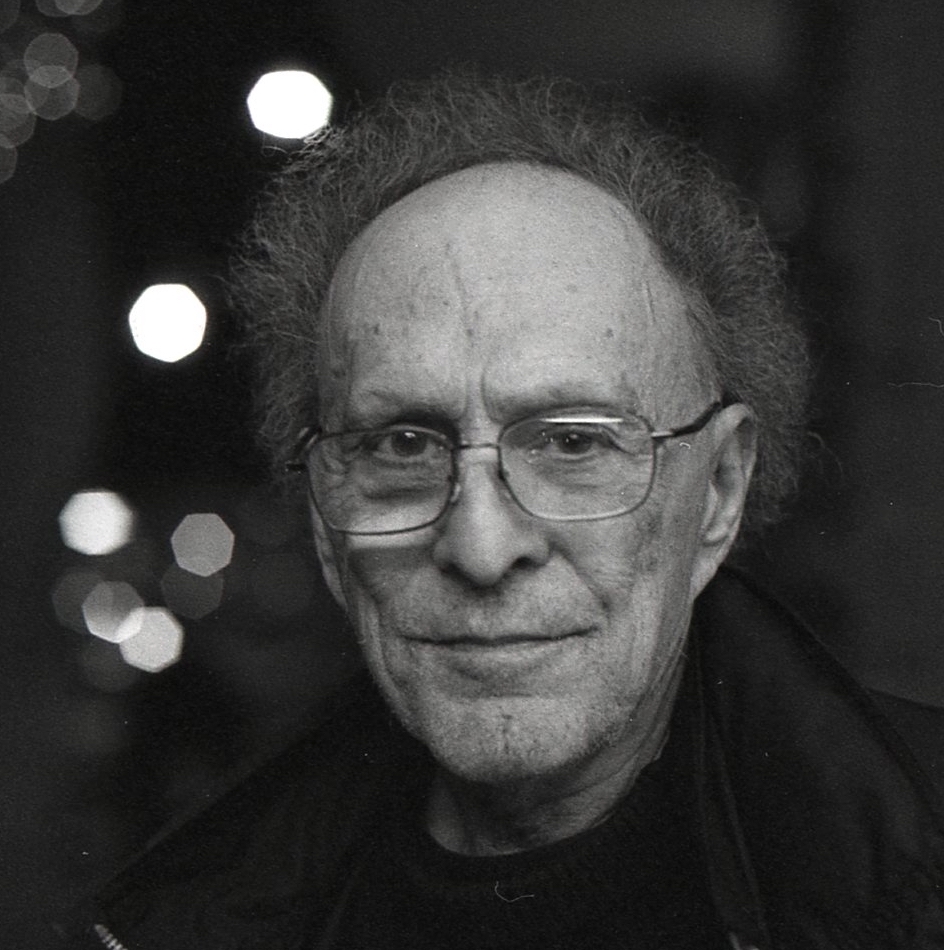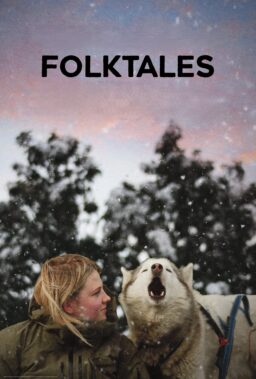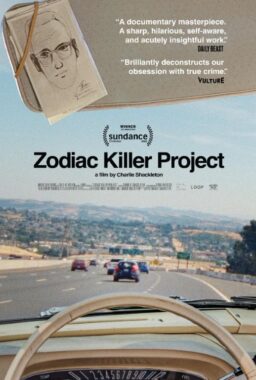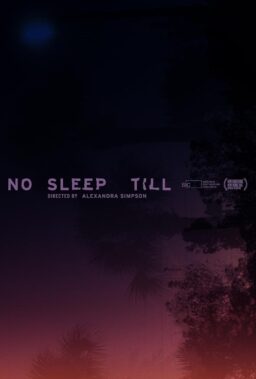The voice on the other end of the phone is a little hoarse and speaks with no great urgency. He kind of ambles up to recollections before unfurling them for us. I was barely 20 when I called Monte Hellman to ask him about his amazing life in pictures. I found him online and struck up a conversation with him and he agreed to let a bunch of college kids grill him for half an hour. He’d just released “Road To Nowhere,” which became his last film. Those of us who saw it when it was new saw that it had an air of finality about it, of a life in art coming to an end.
Hellman planned other projects but they never came together. He’d post pictures of his cast and locations but I’m not certain he ever started shooting. How did this always happen? How had this man, this living legend on the other end of a telephone call, become someone who couldn’t find funding for what was sure to be an incredible movie? He only made those. “The Shooting,” “Two-Lane Blacktop,” “China 9, Liberty 37,” “Cockfighter,” all legendary cult items that oughta be classics. He had the sensibility of a poet, the temperament of a retired sailor, and with his shock of curly black hair the look of an artist. There was no one else like him. He was 91 when he died yesterday, but it felt like he’d been here, learning everything there is to know about people, forever.
Hellman was born in New York by accident; his parents were on vacation. By the time he was five his family lived in Los Angeles and that’s where his life in film started. “All I remember is California,” he told Simon Liberati in an interview for Purple. He dabbled in theater before doing graduate work in film at UCLA, where he was properly introduced to cinema. He was taken with the works of Lewis Milestone and George Stevens, and not to put too fine a point on it, but Hellman’s own best work would sit squarely between the two sensibilities, grand and tragic yet intimate and searching. He founded a theatre company in Northern California, married his frequent leading lady Barbara Mouris (they would divorce four years later; Hellman would remarry twice and father two children, including his daughter and frequent collaborator Melissa), and then went back to LA to work in the editing room at ABC, a job offered to a friend who didn’t want it. Morris would start acting for Roger Corman while Hellman moved from editing at ABC to Columbia but realized he didn’t have the patience to work the requisite eight years it would take for him to join the union. So instead he started a theater company and who but Roger Corman came on board as a producer for a special production of Samuel Beckett’s Waiting for Godot, which Hellman staged as a western and of which a young Jack Nicholson attended a performance. This idea would haunt the rest of his career like a specter. The grandeur of the west, the rigor of genre, the novelty of wedding arch European existentialism to an American outlook; these would define his best work as a director later in his life.
Corman liked Hellman enough that when he went to Deadwood, South Dakota to film “Ski Troop Attack,” he asked him to come along and left him with his enterprising brother Gene. Gene oversaw production of what would become Hellman’s directorial debut “Beast from Haunted Cove,” which shared every major cast and crew member with “Ski Troop Attack.” The monster of the title was cobbled together with cheap bits bought in local shops, and in general the production was cheap even for something by Gene Corman, but Hellman had fun. He had gotten the taste for filmmaking.
Corman liked him, too, and recognized a kindred spirit in Hellman. Corman wasn’t an invasive or exacting producer and Hellman was an adventurous director. Together they fueled each other. When Corman needed extra scenes shot for some of his movies to play 80 minute time slots on TV, Corman let Hellman loose and let him shoot 20 minutes of extra scenes for four movies, three of which he hadn’t directed. When the movie “The Terror” was floundering, Corman let Hellman direct for a few days, with Jack Nicholson in the lead. They were about to be very close collaborators. In 1964, Robert Lippert wanted a cheapie WWII movie and Hellman was chosen from the Corman stable. I asked him about it in 2014 and with classic Hellmanian understatement he said, “Based on having seen ‘The Terror,’ Fred Roos suggested either Francis Coppola or me to direct. They couldn’t find Coppola, so they hired me.”
Like “Beast from Haunted Cave,” “Back Door To Hell” and “Flight To Fury” have a punchy, jazzy energy. They’re every bit the dime store novelty they appear to be except for Hellman’s energy behind the camera. Necessity and desperation were the name of the game. The jungles of Manila were treacherous so Hellman had to rely more on zooms than he liked to, and the set was plagued by disappearances, elopement, kidnappings, and disease. Hellman told me he “became deathly ill immediately on finishing ‘Back Door To Hell'”:
“I spent three weeks in a hospital, during which they couldn’t discover what was wrong with me. The day before I was required to scout locations for ‘Flight To Fury,’ Jack came to the hospital, put his hand on my head, and said, “You will be well.” The next day I jumped out of bed and into a Jeep, and we began scouting. I later discovered back in L.A. that I tested positive for having had Typhus.”
The studio started editing “Back Door” when he was starting “Flight” and he hated their decisions, so he took the negatives and started editing it himself while he was making “Flight.” His days on set were thus hectic and harried. “Get up at 5 AM, have breakfast, sleep while being driven to the set from 6 to 7, shoot until 6 PM, sleep while being driven home from 6 to 7, have dinner, edit from 9 PM to 2 AM, sleep from 2 to 5. Repeat.”

Maybe it was that experience that led Hellman to find a more deliberate working pace for himself and his movies. No more sleeplessness to please dilettantes. From here on out, he would please himself. He made two of the earliest examples of what are now called acid westerns or anti-westerns in the mid-’60s. “The Shooting” made good on his early experiments with an angst-ridden western. Two men played by Will Hutchins and Warren Oates, in his first real leading role, help a woman (Millie Perkins) trek across miles of inhospitable land. They’re pursued by Jack Nicholson’s mysterious gunhand. Oates and Nicholson practically stare bullet holes in each other and the screen. They lose their horses, their water, their party members, and then themselves. The film leads to a shocking conclusion that breaks the psychological continuity of the idea of the western. It’s one of the most purely philosophical westerns ever made and remains staggering to this day, one gorgeous composition and quick-draw line-reading after another.
“Ride in the Whirlwind” is less emphatic and all Hellman. Three cowboys (led by Nicholson, once again) are mistaken for outlaws and their lives, whatever they were before, end, as they find themselves forced to become the men for whom they are mistaken. Identity plagued Hellman’s heroes. The things they did betrayed who they believed themselves to be. The self could so easily become an enemy, a broken mirror duplicate with all your worst impulses on the outside now. He’d bring this idea out again in 1978’s “China 9, Liberty 37,” in which Fabio Testi is asked to kill Oates, and indeed seems to become him, taking his wife and his life and leaving him for dead. Hellman went to the west and found an alley haunted by Kafka, Beckett, Camus, and Dostoevsky.

But first Hellman made the two films for which he’ll forever be known. “Two-Lane Blacktop” is frequently mentioned in the same breath as “Easy Rider,” but they couldn’t be more different when you get down to it. It refuses to be cool and contemporary in all the ways “Easy Rider” is. “Easy Rider” is a full-throated scream. “Two-Lane Blacktop” is barely an echo. James Taylor and The Beach Boys’ Dennis Wilson are driver and mechanic, two men going nowhere as quick as they can, when they meet Oates (by now Hellman’s good luck charm) at his most blustery. He’s just called GTO, after the car he drives, because that’s all he is to our heroes. Just another car on the road, one they have to beat. They enter into a cross country race and it’s clear before it’s begun that it couldn’t matter less who wins. Everyone’s already lost, all three men and the woman (Laurie Bird) who tempts them. It’s near impossible to remember Taylor and Wilson’s dialogue because they practically fuse with their ’55 Chevy and the open road. Oates’ autopilot hustler speak is like exhaust littering their trail. He’d swallow up Wilson and Taylor, neither exactly skilled as actors but perfect as handsome cyphers, symbols of what America was in the process of giving away wholesale, men who didn’t have to talk to prove their worth. In Hellman’s world when you start talking it’s only a matter of time before you start lying. “Two-Lane Blacktop” is a cool survey of back roads and byways, of erotic frustration taken out on engine blocks and gear shifts.
By comparison “Cockfighter” is practically a Beatles tune, so sprightly and full of life. Hellman’s fascination with eastern religion finds a quizzical funnel in this story of a cockfighting champ (Oates again) who has taken a vow of silence. He flits from matches to bedrooms to cemeteries to barnyards, taking in without judgment the America too frequently relegated to the background. Oates is brilliant, a kind of impossible mix of Harold Lloyd, Buster Keaton, and Charle Chaplin. Hellman saw all of the American cinema in the lines on his face and gave him his best roles and he got two of the world’s best cinematographers, Néstor Almendros (“Cockfighter”) and Giuseppe Rotunno (“China 9”) to shoot Oates. Oates was always the bleeding heart of the American cinema and only Sam Peckinpah came close to getting more emotionally demonstrative work out of him.
When Oates died in 1982, Hellman’s cinema never quite recovered. He was kicked off the set of “Shatter” by producer Michael Carreras and finished “Avalanche Express” when director Mark Robson died during filming. “Iguana,” about a scarred despot who spurns society in the islands, features fine work from Everett McGill in the lead, but it’s a part Oates could have nailed. That was his first of many collaborations with the writer Steven Gaydos, in whom Hellman had plainly found a kindred spirit, able to find the sublime in the ridiculous and vice versa.

Hellman returned briefly to his exploitation roots with his second horror film, the straight-to-video oddity “Silent Night, Deadly Night 3: Better Watch Out!” The great Bill Moseley plays Ricky Caldwell, the anti-hero from the previous entries in the franchise, though now he’s awakened from a coma with an experimental surgical covering over his exposed brain. He looks like something from Metaluna from “This Island Earth” and it’s putting it mildly to say that no one else alive would have tried something like this, let alone have made it work.
A little after that film, Hellman edited George Hickenlooper’s “Grey Knight,” a true curate’s egg about confederate soldiers who become zombies. His whole career he would take shifts in famous editing rooms, taking turns on Bob Rafelson’s Monkees movie “Head” with his friend Jack Nicholson, Sam Peckinpah’s “Killer Elite,” and notorious flop “Harry and Walter Go to New York.”
Hellman closed out his career in a reflective period. The short film “Stanley’s Girlfriend” in which John Saxon plays a filmmaker reminiscing about an odd occurrence in his past is a gorgeous little number, autumnal and hypnotic. His last feature was 2010’s “Road To Nowhere,” similarly autobiographical, a movie that did seem to swallow him whole. It was near universally praised and should have signaled his comeback, but it wasn’t to be. One more short commissioned by the Venice Film Festival in 2013 and then nothing. Money for more films failed to materialize and so one of the great voices in American movies stayed silent. “Road to Nowhere” almost predicts it. It’s another story about doubles and the loss of identity. Tygh Runyan plays Mitchell Haven (M.H.), a filmmaker we meet in prison after the murder of his mysterious leading lady, a woman with a double life. Hellman lets the film drift, getting lost in close-ups and disappearing into still images and screens. It plays very much like a culmination of all of Hellman’s thematic workhorses, as well as long hard look at his own creative life. A lot of attention is paid to the mechanics of making a movie on newly available digital cameras and what that means for filmmakers. It was all suddenly in his hands, and yet, he was still hamstrung by the business. There was no Roger Corman in his corner anymore. He had his writer, his family, his ideas, and drive, but he couldn’t make a movie happen. I could hear measured excitement in his voice that day on the phone, that the world might still be open for an old timer like him to do his magic.
The last thing he ever said to me was simple but a window into this soft spoken giant. I asked him if he hadn’t been able to work with his family, would film still be as fulfilling to him. “I can’t think in terms of ‘What if’? I do know I’ve got a lot of joy out of working with them.” That brief phone call told me so much about him. He looked on his life’s work with bemusement and a little admiration, but nothing you could quite call pride. He made the work that made sense to him, and it pleased him to do it. In the right frame of mind, ready for what he and his work has to offer, you just might lose yourself in his images, or you just might find yourself.
